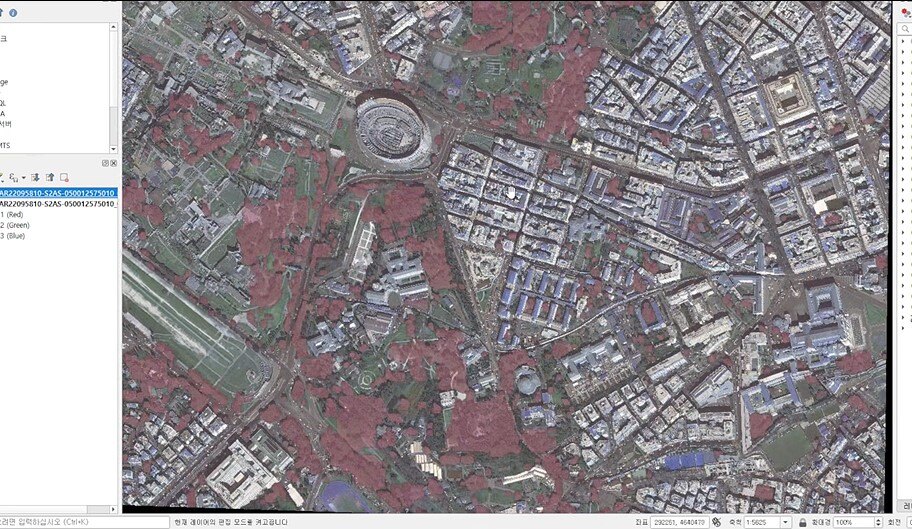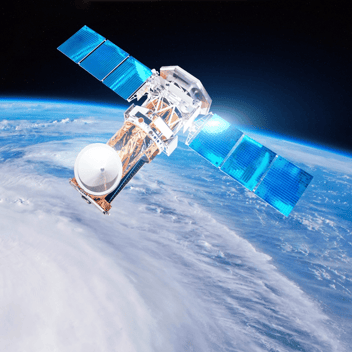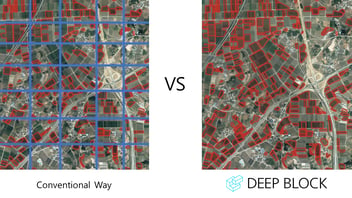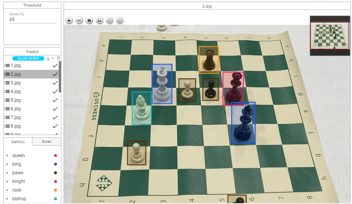Using Deep Block with GIS Software

Discover how to seamlessly integrate Deep Block's powerful inference capabilities with your favorite GIS software for maximum efficiency.
Introduction
In this tutorial, we'll learn how to effectively use Deep Block in conjunction with GIS software like ARCGIS and QGIS.
Deep Block supports raster images in the GEOTIFF format. Since GEOTIFF files contain geospatial information, any objects or changes detected by Deep Block can be extracted in GEOJSON format.
To enhance user convenience, Deep Block offers a feature to export inference results in GEOJSON format.
For example, users can export the tree location masks identified by an AI model trained in Deep Block without any coding, and then add these masks as a layer in GIS software without any data processing or conversion.
Get Started
First, we copied a tree segmentation model.

Check the following link.
https://app.deepblock.net/deepblock/store/project/plilkjzg1m166cexl
Next, we opened and examined this project.

When an AI model is trained with Deep Block and used for inference, as shown, the AI model identifies trees in the images.
GEOJSON Export
To conveniently leverage these inference results in GIS software, we will utilize the GEOJSON mask export feature provided by Deep Block.
Since the images are in GEOTIFF format, it is possible to export the AI model's inference results in GEOJSON format.
Click the "Download JSON" button.


Importing GEOJSON in GIS Software Export
Once the download is complete, extract the file and prepare the GEOJSON file corresponding to the raster image.

To verify the accuracy of the extracted GEOJSON masks, we'll use the QGIS application.
Open QGIS, and then prepare the raster image that you analyzed in Deep Block.
And import the raster image into QGIS.

Next, remove any unnecessary Alpha bands.


Now, add the GEOJSON layer on top of the displayed image.

As you can see, the inference results from the AI model can be seamlessly overlaid onto the GIS application.

Without the need to write any post-processing code, you can use Deep Block to detect and display changes or objects at any location on Earth.
Start analyzing the largest remote sensing images quickly and easily with Deep Block, available for free!
Whether you're an environmental scientist looking to track deforestation, an urban planner monitoring city carbon capture, or a researcher studying climate change, Deep Block empowers you to extract meaningful insights from vast datasets without the need for complex coding or data manipulation.
Its intuitive interface and powerful AI-driven models allow you to focus on what truly matters: understanding and addressing the world's most pressing issues.
Dive into the world of advanced geospatial analysis today and see how Deep Block can transform your projects, enhance your workflows, and drive impactful decisions.
Don't miss the opportunity to leverage this cutting-edge tool—get started with Deep Block now and unlock the full potential of your geospatial data!





